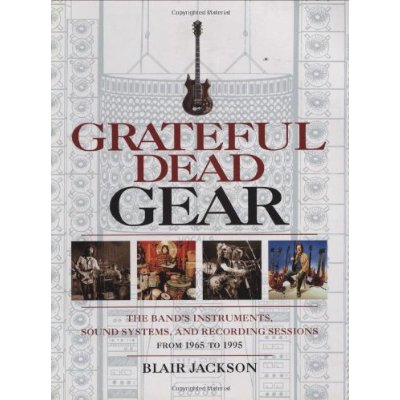There are two ways to look at this. This is mine. Home audio started as a luxury market. I don't think there is any debate there. The introduction of Solid State devices, cheap to make and assemble (Think the Ford Model T), allowed the market to expand until it became affordable for those in the median income brackets and later to those even below that. There is a split we should note and that is radio and personal music mediums. It was the transistor radio that hit critical mass first as a device not just for music but entertainment (radio plays) and information (News and Current Affairs). As TV superseded radio plays and news in the home, we see these pushed to portable and automotive use, leaving music listening in the home as a separate and distinct form of entertainment. Dr. Harman and others see this opportunity and proceed to unbundle the ubiquitous console to maximize returns on a component by component basis. Unbundled, you could incrementally improve your system in time without a large one time expenditure. It was also inviting because systems could now be individualized for practical considerations aside from cost like the size of the home and the effect of that on sound. This is the point where all hell breaks loose. A lot of this is mental for the old guard of the audio world. Thinking in terms of market share suddenly they find themselves shrinking. As it turns out it's now a whole new world and they have to be competitive in terms of price. They enter the fray but their days of dominance will never be regained again some fail, their trademarks now used for mass market gear, the saddest perhaps a once venerated company whose name now adorns plastic portable speakers. Somewhere in between, dissatisfaction with mass market offerings within a small but still economically viable market segment caused what is now called Performance Audio to be born. Was this segment only comprised of the old farts living in the past, unhip to the superior THD specs of SS and pining for the good old days driven only by nostalgia? I don't think so. One need only to look at the ages of the prime movers at that time.
Perception being everything to investors things go on its head. Suddenly with practically all patents in the public domain and cheap labor available elsewhere, profits are gone. No longer worthwhile to battle it out with price alone there are only two choices: name or quality as differentiators. Hmmmm. Where oh where to look? Performance Audio.
Small as it is, presence is deemed required. Name a mass market company and I will name a high end division or subsidiary for most of them. Within those divisions and subs you will see many, many names made in stints with Performance Audio companies in both in-house and consultant basis'. Not all mind you but many. In Japan where seniority is more prized we see the opposite. Many Luxman retirees for example are now pursuing what they couldn't under the yoke of management as manufacturers and designers in *** Performance Audio segment.
Ask for trickling down. Come on now. Yeah these guys will spend on acquisitions, consultancy and in house R&D never to use it. Get real.
Perception being everything to investors things go on its head. Suddenly with practically all patents in the public domain and cheap labor available elsewhere, profits are gone. No longer worthwhile to battle it out with price alone there are only two choices: name or quality as differentiators. Hmmmm. Where oh where to look? Performance Audio.
Small as it is, presence is deemed required. Name a mass market company and I will name a high end division or subsidiary for most of them. Within those divisions and subs you will see many, many names made in stints with Performance Audio companies in both in-house and consultant basis'. Not all mind you but many. In Japan where seniority is more prized we see the opposite. Many Luxman retirees for example are now pursuing what they couldn't under the yoke of management as manufacturers and designers in *** Performance Audio segment.
Ask for trickling down. Come on now. Yeah these guys will spend on acquisitions, consultancy and in house R&D never to use it. Get real.







